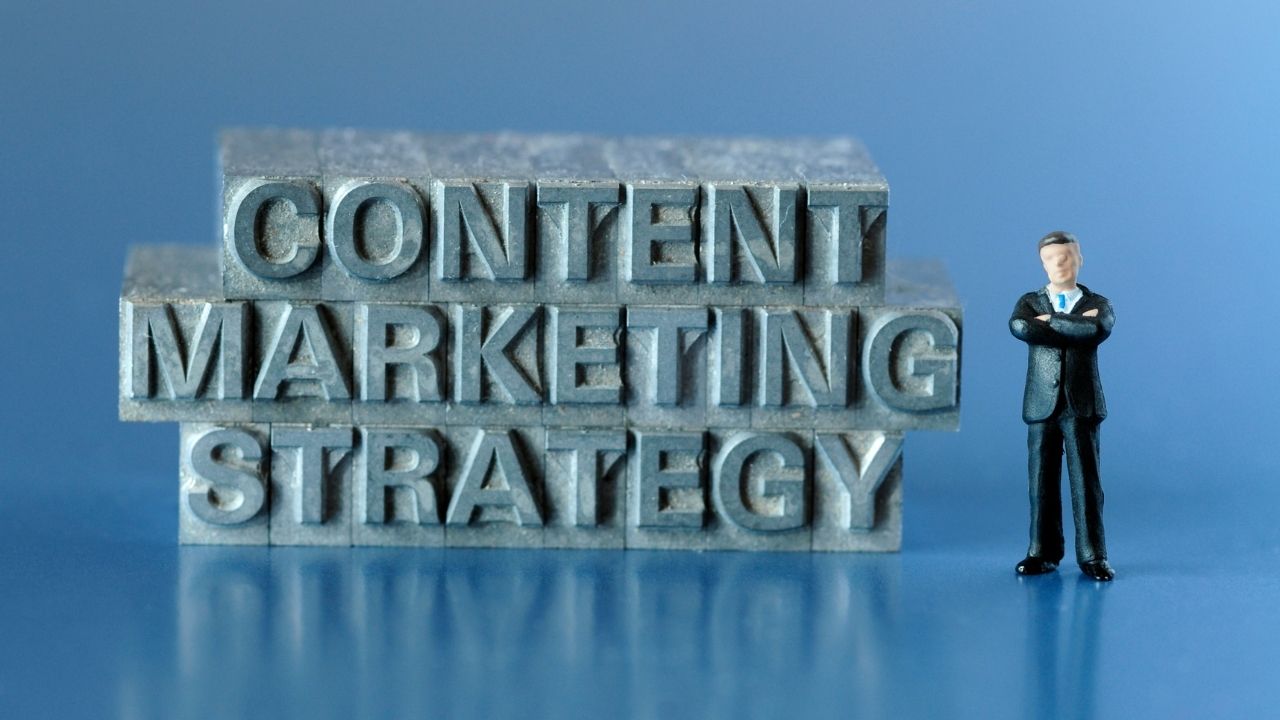
There are many types of content distribution. There are many ways to distribute content. Which ones work best for your marketing goals? What platform is best for your marketing goals? How does it affect your content distribution budget. LinkedIn is the best platform for B2B customers and Facebook for B2C. Social ads are displayed in the sidebars of users, and clearly marked. We will be discussing five major platforms and how they can be best used in this article.
Social media
Social media is a great way to increase brand awareness and reach wider audiences. As social media grows in popularity as a research tool, it will become more important to establish a holistic strategy for your marketing efforts on social media. Two types of social media content distribution are possible: earned and owned. Owned distribution refers to posting content to your business or individual account. It can also be posted through other channels, such as your website, blog, or newsletter.
Press releases
Traditional press releases serve public relations purposes. However, press releases can also be used to distribute content. A press release is used to raise awareness, create a positive image, and secure media attention. For a press release to be effective, it must be newsworthy. This means that it should be timely, relevant, occurring, or soon. A press release must also follow the 5W1H rule. It must answer who, what and where. If it does not answer these questions, the reader may not read it.

Influencer outreach
Before you contact influencers to distribute content, it is important that you evaluate their work. You should look at their comments and reviews on social media and decide if their content matches yours. According to Kristen Matthews of GroupHigh, you should evaluate each influencer's content versus their reach, engagement, and other metrics. This will help you eliminate the influencers who are unlikely to fit your brand's needs, while forcing you to thoroughly read their work.
CoSchedule
CoSchedule automates content distribution. To automate content distribution, you can create posts, schedule them, and send them out to your social media accounts. This social media scheduling tool will insert your blog posts into your social messages automatically. You can then promote your content and generate more traffic and sales. CoSchedule makes it easy to distribute content. In just a few mouse clicks, you can schedule everything from blog posts or social posts.
Hootsuite
Hootsuite can help you save time and energy if your not a social marketing expert. It allows you to plan posts in advance for different days. The tool will also post relevant content on each platform automatically, so your audience will always be able to see it. But, you don't have to stick with one type.

FAQ
What is my ROI when I use a Content Marketing Strategy to Market?
The average return on investment (ROI) for businesses that implement a Content Marketing Strategy is between 5x and 10x higher than for businesses that don't.
A Content Marketing Strategy is designed to generate leads and sales.
It provides valuable insights into the business. These insights enable you to make better decisions and improve customer service.
So, if content marketing strategy is something you're interested in, here are some numbers:
You can easily double your overall revenue.
How much should content marketing cost?
The number of leads that you are looking to generate will determine how much. Depending on your industry, the average cost per lead is between $5 and $10. In our case, the average cost per lead was $20 when we first started our company. Now, we spend around $6-7 per lead.
How can content marketing strategy help me?
Content Marketing Strategy grants you access to data that you would not otherwise have. This data can be used to determine which content types perform best.
It can help you decide which strategies are best to drive traffic to you site. It gives you insight into your audience to help you develop better content.
This means that you will be able to spend less time worrying over what type of content works and more on what doesn’t.
You can also use a Content Marketing Strategy to determine which messages are most popular with your audience.
This analysis will allow you to determine which content they like. You can then create similar content and continue to develop your successful ideas.
A Content Marketing Strategy can help you track the performance of your content. You can quickly see which types of content converts best by sharing them more.
A Content Marketing Strategy can be summarized as the key to ensuring that your content performs well.
What are the 7 steps to content marketing?
The seven-step process to content marketing is:
-
Identify the problem
-
Find out what's working now
-
New ideas are possible
-
These strategies can be developed
-
Test them
-
Get the best results
-
Continue the process until you find a solution.
This strategy is practical for both large and small businesses.
Why is content so crucial?
Every digital marketing campaign is dependent on content. Create valuable content if you want to attract customers. Blogging is the best method to do this. Blogs help you establish authority in your niche and make you more trustworthy. Trustworthiness builds credibility and leads to higher search engine rankings. When you rank high in search engines, organic searches bring you traffic.
How can content marketing be measured for success?
There are many ways you can measure the success of your content marketing strategies.
One good measurement tool is Google Analytics. This tool lets you see where your targeted traffic comes from and what pages they visit most frequently.
It will also show you how long each visitor stays before leaving your site.
You can use this information to improve the content you create to grab people's attention, and keep them interested for longer periods of time.
You can also use these questions to gauge the success of content marketing efforts.
Do my new subscribers get any value from my email newsletters or not? What percentage of my entire mailing list has converted into paying memberships? How many people clicked through to my landing pages? Do those who click through convert at higher rates than others?
These are all important metrics that you should track and monitor over time.
Lastly, another great way to measure content marketing success is to look at the number of times people share links to your content across social networks.
It's worth starting now, if it isn't already. It could be the difference between being visible and being ignored in your industry.
What is the role of a content strategist?
Content strategists will help you understand the needs of search engines and what they are looking for. They optimize your site for search engines and help you rank well. They also create content to be used on social media sites like Facebook, Twitter and others. They also write copy for advertisements, blogs, websites and other media.
A content strategist works closely with a marketing team and helps to organize a cohesive plan for the company's online presence. Content strategists work well in teams, but can also work independently.
Statistics
- According to research compiled by Coschedule: Companies that publish 16+ blog posts a month get as much as 3.5x as much traffic as those that publish 0-4 posts a month. (criteo.com)
- To further show the importance of this, 89% of people have stopped doing business with a company because of a poor experience. (neilpatel.com)
- Forty-seven percent of buyers view 3 to 5 pieces of content before engaging with a sales representative. (mailchimp.com)
- An example of an overarching goal could be: "In 2022, we want to achieve a 20% increase in revenue created by organic content and generate 15,000 MQLs with a budget of $30,000." (semrush.com)
- Companies that use content marketing see approximately 30% higher growth rates than businesses not using it. (mailchimp.com)
- Content marketing produces 3X more leads per dollar spent. Content marketing costs 62% less than traditional marketing. (criteo.com)
- Progress indicators (0–100%) allow each team member to see how attainable each goal is and understand what remains to be accomplished. (semrush.com)
- According to our research, brand awareness, attracting traffic, and generating leads remain the key content marketing goals in 2022. (semrush.com)
External Links
How To
How can you make videos more exciting?
Video Marketing is one of most powerful tools for Content Marketing. It helps you connect to your audience, engage with them emotionally, and build trust. But how can we transform boring into something amazing? Let's take a look at some easy tips!
-
Tell a story. Every communication piece that is successful relies on storytelling. Video marketing can't function without storytelling. If you want to tell stories, you must ask yourself what kind of stories you want to tell. Is it entertaining? Educational? Inspiring? Inspiring? Be inspired by these stories and use them as inspiration for yours.
-
Use images. Images can convey emotions more quickly than words. Images allow us to feel empathy and connect with others. Images are essential for a video. Pictures can be embedded in blog posts or added to slideshows.
-
It should be easy to share. It's important to make it easy to share your message with others. Include sharing buttons for your videos. Slideshows can include social icons. Add "Share" buttons to your videos, especially if you have a YouTube Channel.
-
Don't overdo it. If you have too many graphics and too much information, your viewer might lose interest. Keep it simple. A few striking images can be enough to attract attention and keep people's attention.
-
Keep it short. People love watching short videos. You can create short videos of 5 minutes to generate buzz for your brand.
-
Get feedback. Listen to what your audience has to say. Ask them about what works for them and what doesn’t. Get the answers and improve your content.
-
Make a plan. After you have created your first video, you should think about what you can do next. Can you create a series? Maybe you can create a playlist with the most watched videos?
-
Test, test, test. It is not a good idea to release a video only to find out that no one watches it. Be sure to test your video on your audience before you publish it. Take a look at the reactions. Next, make adjustments based on the results.
-
Repeat. Keep repeating steps 1--8 until you have the perfect formula. Once you understand what works, you will be able to make great videos over and over again.
-
Measure results. It is important that you measure the success of your videos. How did they perform? Do certain audiences prefer specific videos? These questions will help to refine your strategy.
-
Make adjustments as necessary. Once your video campaign has launched, don't stop learning. You can learn from your mistakes and adjust your plan as needed. Marketers who are the best always seek out ways to improve.
-
Enjoy it. It's not difficult to do video marketing, but it requires patience. With experience you will discover new strategies, techniques, ideas, and methods to help you grow business.